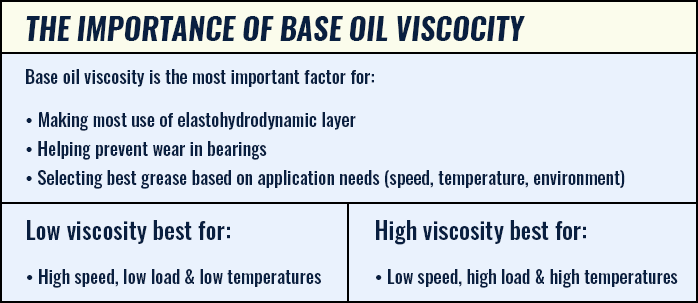

The National Lubricating Grease Institute (NLGI) determines grease grades based on the consistency of the grease, which is measured by its penetration depth at a standard temperature. The procedure involves using a penetrometer, which consists of a standardized cone that is allowed to penetrate the grease sample under specific conditions.
The steps to determine NLGI grades are as follows:
-
Sample Preparation: The grease sample is brought to a standard temperature of 25°C (77°F) and then worked 60 strokes in a standard grease worker to ensure uniformity.
-
Penetration Test: A penetrometer cone is released to penetrate the grease for 5 seconds. The depth to which the cone penetrates into the grease is measured in tenths of a millimeter.
-
Consistency Measurement: The penetration depth measurement is used to assign an NLGI grade. The NLGI consistency number ranges from 000 (very fluid) to 6 (very firm), as shown in the table below:
| NLGI Grade | Penetration Range | Consistency | Food Analogy |
|---|---|---|---|
| 000 | 445-475 | Semi-fluid | Ketchup |
| 00 | 400-430 | Semi-fluid | Applesauce |
| 0 | 355-385 | Very soft | Brown Mustard |
| 1 | 310-340 | Soft | Tomato Paste |
| 2 | 265-295 | Moderate (normal) | Peanut Butter |
| 3 | 220-250 | Firm | Vegetable Shortening |
| 4 | 175-205 | Very firm | Frozen Yogurt |
| 5 | 130-160 | Hard | Smooth Pâté |
| 6 | 85-115 | Very hard | Cheddar Cheese Spread |

